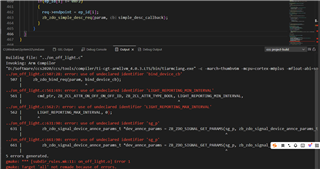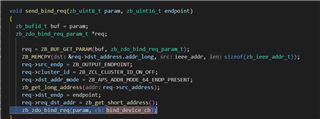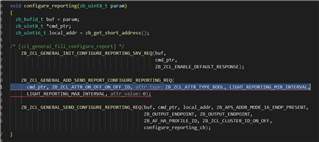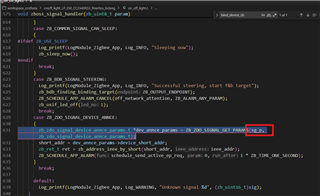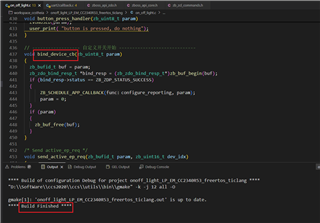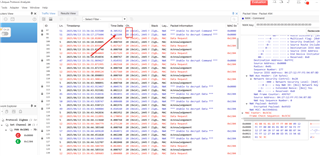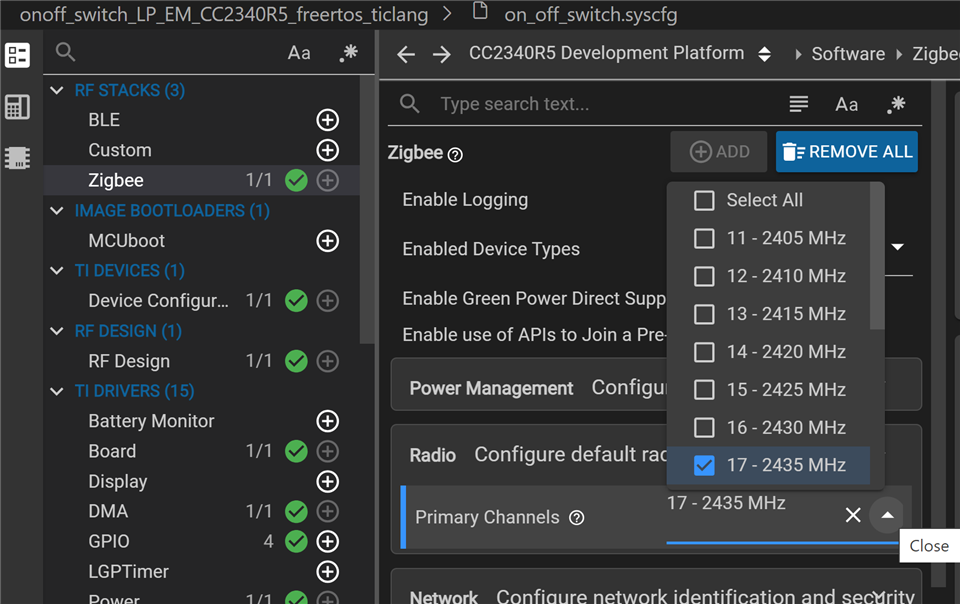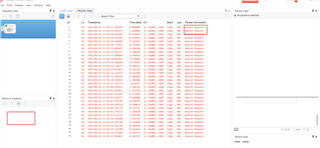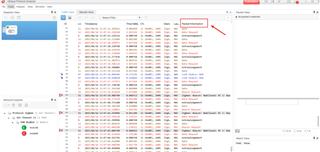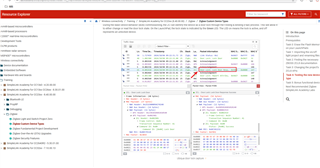Other Parts Discussed in Thread: SYSCONFIG, CC2340R5
Tool/software:
hi:
How can a terminal node independently scan for the signal of a nearby coordinator?
The requirement is: The CC2340R53 chip used in the terminal device. Communicate with other devices (Yale). These steps are expected to be executed separately and the printed logs can be seen.
Steps: 1. Be able to recognize the scanned coordinator.
2. Request to join the network.
3. After the communication link is successfully established, report the status of the terminal device (lock) to the coordinator.
The editor used is: CCS 2020
The SDK used is: simplelink_lowpower_f3_sdk_9_10_00_83
The terminals and coordinators used are below
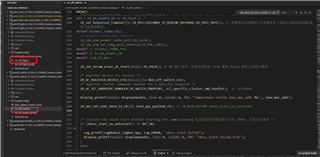
Any suggestions would be greatly appreciated.
Thanks!


